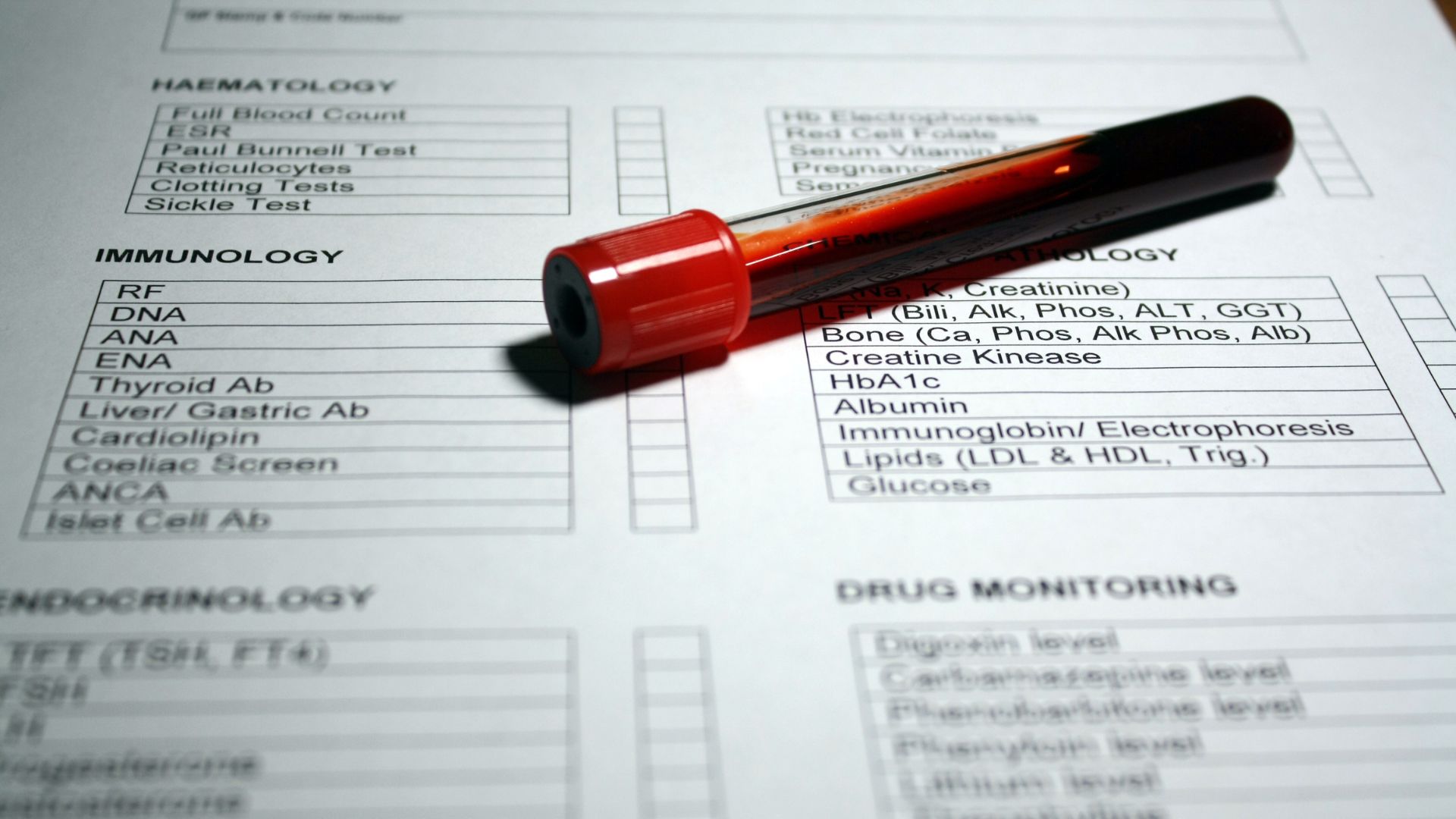If you’ve ever tried the Low-FODMAP Diet (LFD) to manage digestive issues, you might have experienced significant improvements. For many, it feels like a life-changing solution. The bloating, cramping, and digestive discomfort seem to vanish, making daily life feel more manageable. However, here’s the catch: what begins as a short-term fix can often turn into a long-term restriction—and that can lead to unintended consequences.
Take, for example, a patient of mine who has been eating only six foods for two years: eggs, chicken, green beans, white rice, fish, and the occasional avocado. Anything beyond this very limited list causes her to experience intense stomach cramps, bloating, and hours spent in the bathroom. On top of that, a “cheat meal” leaves her waking up the next day with a major skin breakout. What started as a temporary experiment to uncover the root cause of her gut issues has turned into a long-term dietary restriction. Why? Because she feels so much better when she sticks to it. The symptoms have stabilised, but as she puts it, she’s “slowly starving of life.”
Sound familiar? This situation is all too common for those who have been on the Low-FODMAP diet for too long. While it’s an effective tool in the short term, staying on the diet indefinitely can actually do more harm than good.
Why Does the Low-FODMAP Diet Work for Some People?
Understanding why the Low-FODMAP diet is so effective for many individuals, particularly those suffering from Irritable Bowel Syndrome (IBS), is essential. Research suggests that 50-87% of adults with IBS benefit from the Low-FODMAP diet. But what makes it so effective?
The Root Causes of Gut Issues
People with IBS and similar digestive issues often face one or more of the following challenges:
- Low levels of digestive enzymes that are needed to break down carbohydrates found in many FODMAP foods.
- An imbalanced gut microbiome, which lacks the beneficial microbes required for proper digestion.
- Small Intestinal Bacterial Overgrowth (SIBO) or fungal overgrowth (SIFO), both of which contribute to bloating, gas, and discomfort.
- Genetic factors, such as fructose malabsorption, which make digesting certain carbohydrates more difficult.
The Low-FODMAP diet works by eliminating many of the carbohydrates that the digestive system struggles to process when it’s inflamed or imbalanced. In simpler terms, the diet removes foods that the body can’t break down properly—often due to missing enzymes or microbial imbalances.
However, while this diet offers short-term relief, it’s not without potential downsides if followed for an extended period.
The Dark Side of the Low-FODMAP Diet: Disrupting Your Microbiome
The Low-FODMAP Diet was never intended as a long-term solution. It’s designed as a temporary elimination diet, typically lasting no longer than 4-6 weeks. The reason for this is simple: prolonged use of the diet can have unintended consequences—particularly when it comes to your gut microbiome.
Why Is This a Problem?
When you cut out FODMAPs for an extended period, you’re not just removing “problematic” foods. You’re also removing a critical fuel source for the healthy bacteria in your gut. FODMAPs act as prebiotics, feeding the beneficial microbes that are responsible for maintaining a healthy gut. Without this food source, key gut bacteria such as Bifidobacteria, Lactobacillus, and Akkermansia begin to starve.
As these beneficial microbes decrease, harmful bacteria that cause gut dysbiosis (a microbial imbalance) can start to thrive. Over time, this can worsen gut health, making it even harder to reintroduce healthy foods later on.
The Cycle of Gut Imbalance
The longer you stay on the Low-FODMAP diet, the harder it can be to reintroduce FODMAP foods without triggering symptoms. This is because your gut’s ability to properly digest carbohydrates and maintain a healthy microbiome is compromised. Essentially, you’re treating the symptom (digestive discomfort) without addressing the root cause (enzyme deficiencies, microbiome imbalances, or gut overgrowth).
The Solution: Healing the Gut Without Staying on a Low-FODMAP Diet
If you’ve been on the Low-FODMAP diet for months or even years, you might be worried about reintroducing a broader range of foods. It’s understandable to want to avoid the painful symptoms of bloating and discomfort. However, there is a way forward.
Step 1: Get Gut Testing with Co-biome
Before reintroducing FODMAPs, it’s essential to understand the root causes of your digestive issues. Getting a Co-biome gut test can help identify specific imbalances in your microbiome, enzyme deficiencies, or issues like SIBO (Small Intestinal Bacterial Overgrowth). Understanding your gut’s unique needs is the first step toward healing.
Step 2: Repair Your Gut Microbiome
Once you have a clear picture of what’s going on, you can begin to repair your gut with targeted interventions. This may involve:
- Digestive enzyme support to help break down carbohydrates more efficiently.
- Probiotic supplementation to restore the diversity of beneficial gut bacteria.
- Prebiotic foods (including FODMAPs) to feed your gut’s good bacteria and promote a healthier microbiome balance.
By supporting your gut with the right tools, you can heal it from within and begin to reintroduce a wider range of foods without triggering unwanted symptoms.
The Bottom Line: The Low-FODMAP Diet Shouldn’t Be a Lifelong Restriction
While the Low-FODMAP diet can provide significant relief from gut issues in the short term, it’s not meant to be a long-term solution. Prolonged use of the diet can disrupt your microbiome, leading to further digestive issues down the line. The key to long-term gut health is addressing the underlying causes—like enzyme deficiencies, gut dysbiosis, or SIBO—so you can eventually expand your diet and enjoy a broader range of foods without discomfort.
If you’ve been on the Low-FODMAP diet for longer than recommended, it’s time to focus on healing the root causes of your gut issues. Getting a Co-biome gut test, restoring your microbiome, and supporting digestive function with the right supplements will help you achieve better gut health, making it easier to reintroduce foods and enjoy a more diverse diet.
Remember, healing takes time, but with the right approach and support, you can start expanding your diet and living a more fulfilling life without sacrificing your gut health.
Take the next step in your gut health journey and discover how Co-biome testing can help you get to the root of your digestive issues. Reach out to us today and start your healing process!
By focusing on the root causes of digestive issues and avoiding long-term restriction, you can take control of your gut health and regain balance in your life.








